Tabla de contenido
The Turning Point
Turning 40 often marks a threshold. Not because of the calendar, but because of what the body begins to whisper: a twinge when bending down, breathlessness after a flight of stairs, or the mirror reflecting back a version of you quietly asking for change. This is when running emerges—not as a fad, but as an answer.
Some lace up their running shoes for the first time in decades. Others return to the pavement after years away, sidelined by work, family, or injuries. But what unites them all is that moment when something clicks: a medical checkup, the loss of a loved one, or a burning desire to feel in control again.
Running after 40 doesn’t stem from vanity or the urge to compete with others. It’s a response from within—a declaration of presence. It begins as a trial, but for many, it becomes a decision that rewrites the second half of their life.

Adaptation and Self-Awareness
Starting to run after 40 isn’t about copying what you did in your 20s, only slower. It’s about beginning from a new place—with greater awareness, more respect for your limits, but also an unshakable will to grow.
The first few months can feel like a rollercoaster. Your body doesn’t respond the same way it used to, and that can be frustrating. There’s knee soreness, morning stiffness, and fatigue that feels out of proportion. But here’s the secret: success doesn’t come from pushing harder—it comes from adapting smarter.
Smart training means including low-intensity runs, prioritizing form, and treating recovery with the same importance as training. It means truly listening to your body—and learning how to understand what it’s saying. Is it pain or just adjustment? Laziness or legitimate fatigue?
Older runners learn that stretching isn’t optional, warm-ups are essential, and sleep is a powerful, often overlooked, form of training. Progression must be gradual: build volume before intensity, respect rest days, and celebrate every small gain.
Mentally, running becomes an exercise in clarity. Many say they learned more about themselves in those early weeks of training than in years of routine. The mind clears, stress fades, and a new feeling takes root: confidence.
When the Body Responds and the Mind Soars
And then, something shifts. After weeks or months of consistent training, the body begins to respond. Legs feel stronger, breathing steadier, and the heart beats more efficiently. There are no fireworks—just quiet, powerful victories: an extra kilometer, a better pace, faster recovery.
People begin to feel stronger at 45 than they did at 30. Not necessarily faster—but more aligned. They stop obsessing over their pace and start running with intention. The goal is no longer to chase records, but to feel whole again.
Setting realistic goals is essential: running for 30 minutes without stopping, finishing a 5K, improving your time on a familiar route. Each milestone becomes a source of motivation, reinforcing commitment.
It’s common to hear: “I feel better now than I did in my thirties.” It’s not a fluke. Running doesn’t just reshape the body—it recalibrates the mind, priorities, and sense of identity.
The Finish Line Is Just the Beginning
Eventually, the moment comes to sign up for a race. Whether it’s a 5K or a half marathon, committing to a race transforms daily training into a journey full of meaning.
The days leading up to the event are filled with rituals: laying out race clothes, pinning the bib, visualizing the course. There’s excitement, nerves, and a quiet hope: “Will I finish?”
Race day dawns different. The air feels electric. There are early morning alarms, light breakfasts, shared silences before the starting gun. And then, it begins: the culmination of every step, every setback, every win.
This isn’t about winning. It’s about showing up. Finishing. That medal doesn’t stand for speed—it stands for commitment, courage, and transformation.
Running after 40 stops being a physical challenge and becomes a symbol of renewal. Because every finish line is also a beginning.
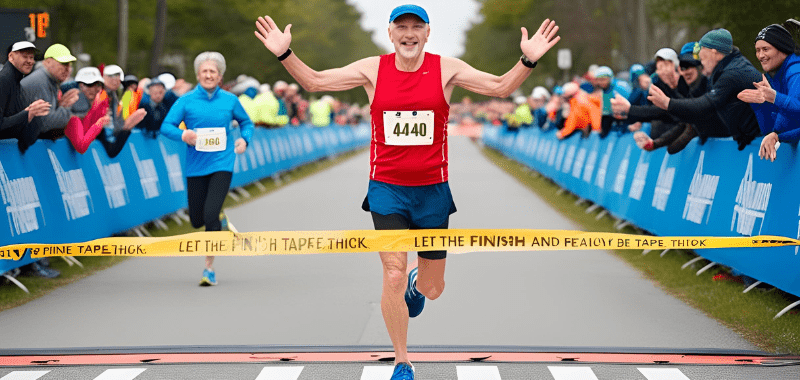
It’s Not Too Late—It’s Just in Time
Running after 40 isn’t a midlife crisis—it’s a midlife awakening. It’s a way of saying: I’m not done yet. My story is still unfolding.
Everyone who takes to the road after 40 proves that vitality doesn’t have an expiration date. They don’t run to feel young again. They run to feel alive. Not to outrun time, but to make peace with it.
And if you’re wondering whether it’s too late for you—let me be clear: the best time to start was yesterday. The second-best time… is today.

Looking for a plan that trains with you, not against you?
At running.COACH, we don’t just build a schedule. We create a smart, living plan that evolves with you. It understands your level, your race goals and your real life. Whether you sync your GPS watch or train straight from our iOS or Android app, your plan adjusts automatically as you improve.
From day one, you’ll feel the difference:
- A fully personalized, dynamic plan designed for you.
- Automatic sync and effortless workout tracking.
- Real-time updates when life happens, including missed sessions, new races or schedule changes.
- Simple, science-backed guidance to train smarter and recover faster.
🎁 Start today and enjoy your first 30 days free.
Because the best training plan isn’t one you follow. It’s one that follows you.app.

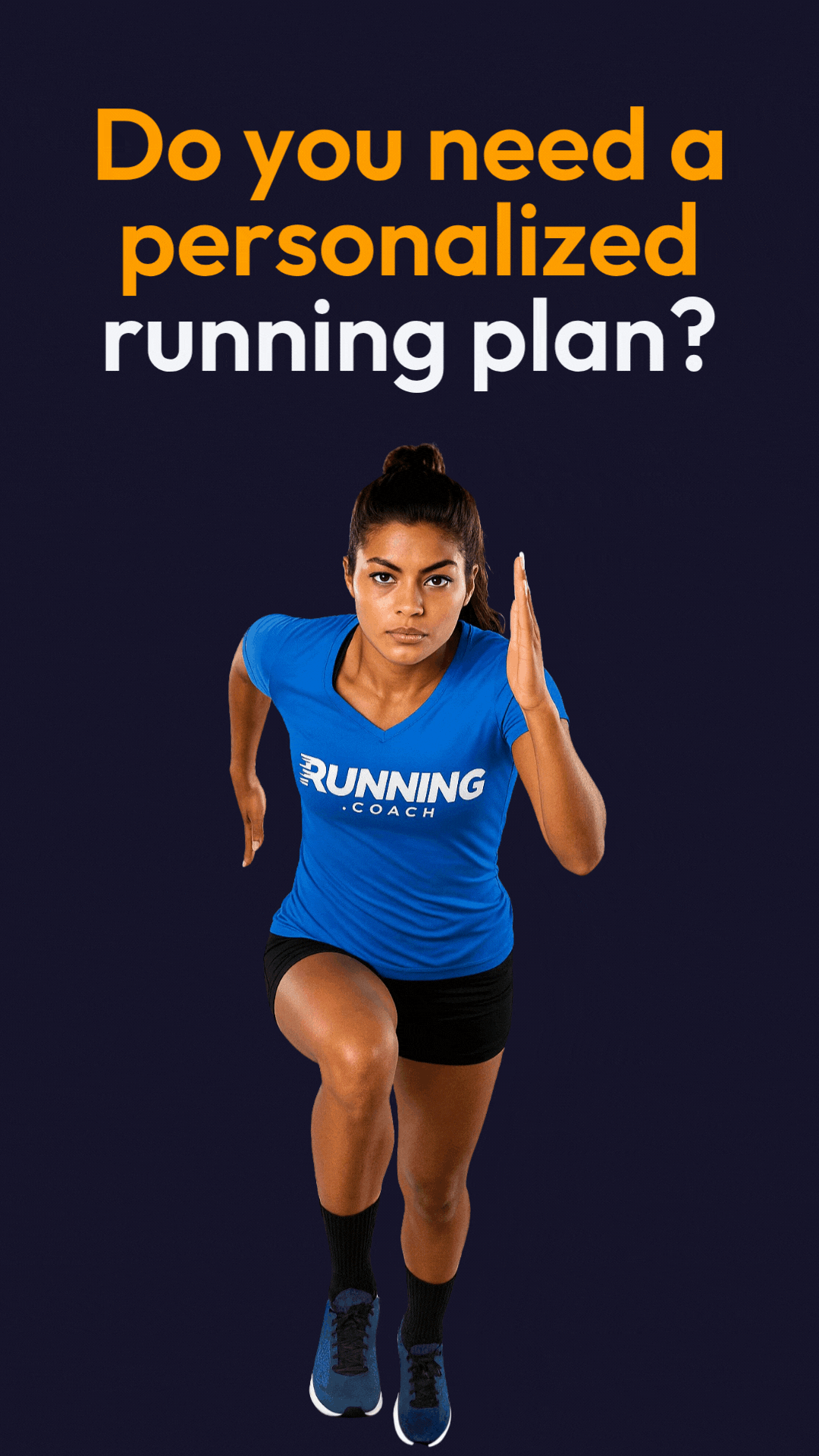



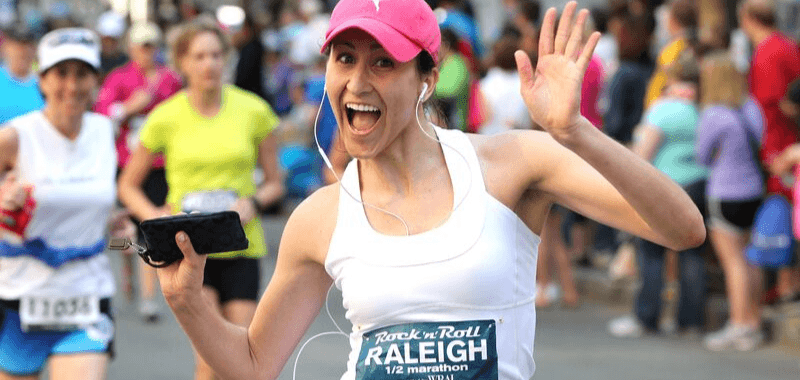

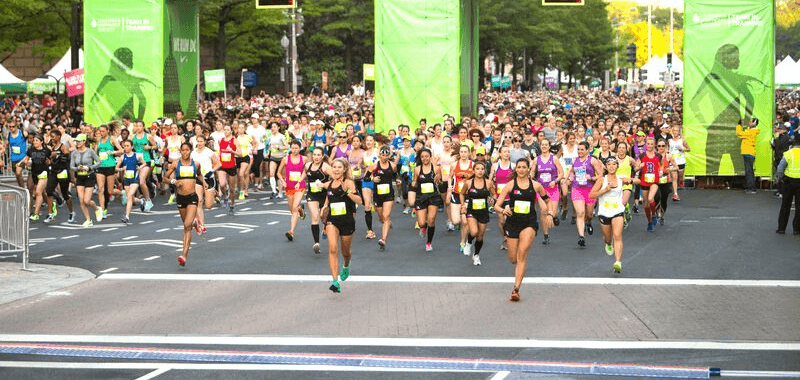

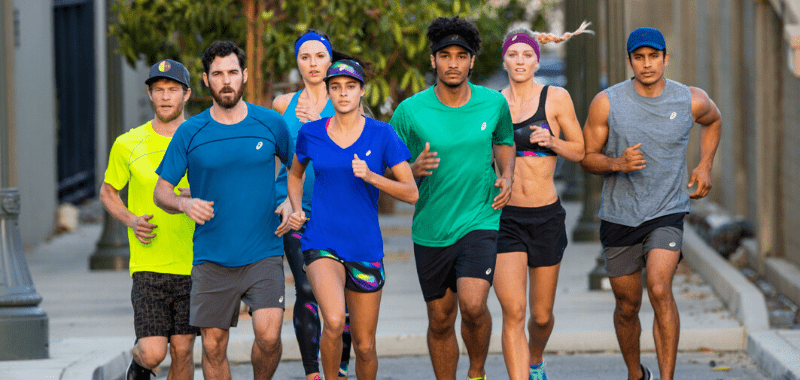
0 Comments